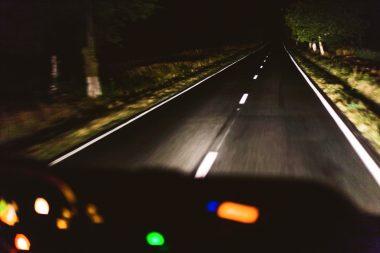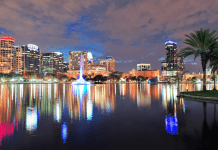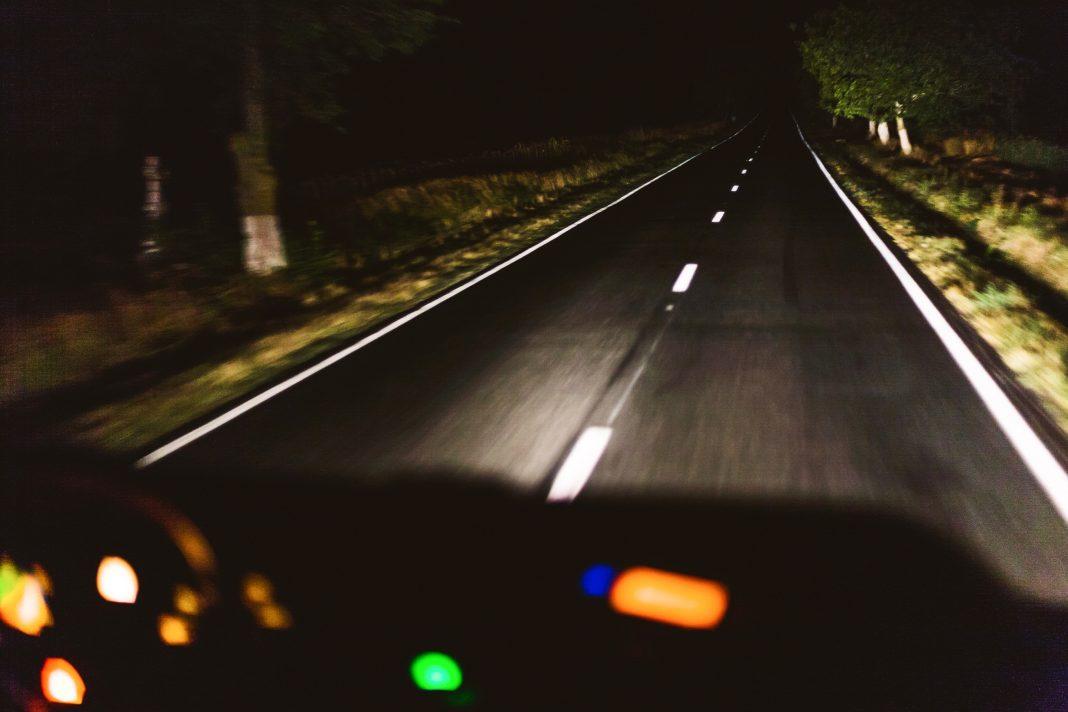Driving at night makes the roads feel very different. Many distractions, such as other headlights, lit-up signs and billboards, and numerous dark spots, make it difficult to see. According to the National Highway Safety Administration (NHTSA), fatal accidents are three times more likely to happen when it’s dark. The worst time is between midnight and 6am on weekends, with most accidents happening then.
The main reason is that you cannot see well in the dark. New drivers would be more comfortable driving during the day before practicing driving at night. As a parent, you should ensure that your teenage child gets to practice driving at night as much as possible. When you want to advise your child about the things to do in a car accident at night, it’s crucial to highlight precautions first. You can emphasize several issues to keep them safe on the roads at night.
Here are 8 ways to stay safe:
Be Extra Vigilant Of Other Motorists
Driving at night is a challenge to everyone’s driving skills. Although fewer cars are on the road at night, it’s vital to be cautious of what the other motorists might be experiencing. It’s more common to encounter drunk drivers at night; the same goes for drowsy drivers. Considering such factors, it’s wise to be extra mindful of other motorists when driving at night.
Make Sure Your Windshield And Mirrors Are Clean
Your windshield is exposed to elements that make it dirty, which can impair vision at night. The presence of hand prints, smudges, dirt, oil, smears, and others on your windscreen and mirrors can scatter the light from headlights and streetlights. Dirty glass leads to visual distortion, especially at night when hit by light. As for mirrors, you should also ensure that they’re correctly angled and clean to give you the best vision possible.
Test And Inspect Your Lights
The essential tools on your car when driving at night are your headlights. It’s crucial to ensure they’re working correctly. The protective covering of your headlights also gets dirty or accumulates moisture over time, which can scatter, obstruct, or dim your lights. When you know that you’ll be driving at night, set aside time to inspect the covering and clean it.
Reduce Speed And Increase Following Distance
Visibility reduces when you’re driving at night; thus, it can delay your reaction time. Even though your headlights illuminate the road ahead, you can only see so far. When you’re following another vehicle, keeping a safe distance is crucial. At night, situations can suddenly come out of the dark. If you drive at high speeds, you won’t have enough time to stop or change direction. Driving at moderate rates at night is integral to keeping you safe.
Avoid Staring At Oncoming Lights
Don’t stare at oncoming headlights while driving at night, as this will blur your vision. A sudden intense beam such as that of oncoming traffic headlights will disrupt your night vision, making it difficult to see for a moment. You had better focus on the white strip at the side of the road to stay on course instead of staring at the headlights.
Don’t Drive When Drowsy
It’s not advisable to drive when drowsy or fatigued, as this has the same side effects as driving while intoxicated. A split second of lack of concentration can result in catastrophe. Although some tactics like lowering the windows to get some air or drinking caffeine may work for some people, it’s not guaranteed that you’ll stay awake behind the wheel. If you feel drowsy and are afraid of nodding off, the best bet is to pull over and get some sleep before proceeding to your destination.
Dim The Cabin Lights
When the lights inside your vehicle are bright, they’ll impact your night vision, making it difficult to see what is going on ahead. It’d be best if you had time for your eyes to adjust to the dark exterior of your car, but bright dome or dash lights can distort that. For clearer vision, dim the dashboard lights if possible and request your passengers turn off any lights.
Watch Out For Wildlife
The roads at night are usually clear of traffic, but this is when nocturnal wildlife might be out in full force. Creatures like wild hogs, deer, raccoons, armadillos, opossums, and more are often found on or around roads, so it’s vital to stay alert. Swerving to avoid hitting an animal can be disastrous, so it’s best to reduce your speed for ample stopping time. This is a common occurrence in rural settings, and you should know your surroundings when driving through windy rural roads to be prepared to stop.

The most dangerous time to drive is at night, even though many drivers think it’s safer with less traffic. One main reason is that you cannot control what other drivers around you are doing. If you must drive at night, the above tips will help you keep safe.





















